As the badminton players begin to focus on players’ commission elections and on the hallowed All England, Badmintonphoto photographer and Badzine special contributor Yves Lacroix gives us his memories of covering the first two tournaments of the Superseries year, the Korea and Malaysia Opens.
Story and photos by Yves Lacroix
Saturday morning, 5:00 AM. The sun has not yet risen but it’s already time for me to call a taxi and go to the airport. Yawning in the backseat of the taxi, I am still too sleepy to fully realize that I’ll be landing in Korea in about 24 hours. After the thirty-minute trip to the airport, my mind is only eager to get to the Air Canada lounge in order to print the tournament draws and get some fresh fruit before we take off. Two full weeks of world class badminton are just a few hours away so I had better get ready.
I arrived in Seoul on Sunday evening but decided to get as much rest as possible in my comfortable hotel room in order to enjoy the only day off of my entire trip. After some shopping during the afternoon, I set off for Yongin to meet my very good friend Don – yes, the editor of this very Badzine website – and his lovely wife Jungsoon for some badminton at their local club.
Is there anything that looks more like a badminton club than another badminton club? Well, no. In Korea – as in many places in Asia and Europe – many clubs practice in halls reserved for badminton only. No mess of lines on the floor, no basketballs rolling onto the court from an adjacent part of the gym, none of that!
When you enter the hall – after having left your shoes at the door in pure Asian fashion – you go to a vending machine to pay for your visit. Afterwards, you choose your court and you leave a shuttlecock on a numerated circle indicating your rank in turn on that very court just as North Americans leave quarters on pool tables to indicate their intention to be next in line.
But wait, wasn’t I supposed to talk about the Korea Open? After a fun evening at the club, I was again to see Don just a few hours later, early Tuesday morning, for the qualifiers on the first day of the tournament.
The stadium where the Korea Open is held is a bit far from the hotel – 30 minutes by bus – but it is just the perfect size for a Superseries event. However, the stadium’s design leaves the media seating way up in the stands, quite far from the courts. I was lucky enough to find a better spot in order to be able to rush quickly to the courts in case of photo emergencies.
This year, however, I was soon wondering why I was so thirsty all the time but I found out why when I saw the hygrometer on the referee’s desk. The stadium air was so dry, often plunging below 20%, that the hygrometer didn’t bother to give numbers anymore; it just said ‘low humidity’.
The first day of the main draw was as long as one could expect for 80 matches to be played on 4 courts. Play went on for at least 16 consecutive hours. During such days, you just can’t do more than click-click-click and eat – the chocolate bars and sandwiches you bought at the 7-11 before boarding the 7:00 AM bus – while uploading the pictures for the agency.
Wednesdays are really tough as more than half of the main draws’ matches are played on that single day. There are a lot of pictures to take and a good balance between shooting and uploading is really hard to attain. The only thing you are sure about is that once you get in the stadium, you know you won’t be able to get out before the last official tournament bus leaves the stadium.
The day was marred by four retirements from Chinese players and pairs. It is really hard to believe in a mere coincidence here. Rightfully so, many were downright disappointed by them, some blaming the poor sportsmanship being displayed by the Chinese team whilst others rather blamed the busy calendar players have to put up with. Whatever the real reason is, it sucks. When a player visits a certain country only once a year, it’s easy to sympathize with disappointed fans and organizers.
The atmosphere took a long time to pick at this year’s Korea Open but the last two days offered good crowds and almost packed the stadium to its full capacity. Once again this year, the organizers arranged some seating very near court 2 which allows for great shots as you can see the crowd behind the players and at the same level. I always thought these pictures are the most dynamic because a lively background can add so much to a picture. Often times, the photography positions are arranged in such a way that, despite the presence of a good crowd, you only see empty seats in the background even though there are thousands of people in the stadium.
Vladimir Ivanov is the player who impressed me the most at the Korea Open. I remember seeing him play at the Olympic Games and thinking ‘wow, that guy is impressive’. And he really is. An all-around dangerous giant player I certainly wouldn’t like to meet if I were on the Superseries circuit. In singles, he managed to reach the quarter-finals after beating Jan Jorgensen and in doubles he and partner Sozonov beat Chandra and Kido in just 22 minutes. In just a few months, that player has greatly improved. It will be interesting to see how far he can go.
On finals day, most of the crowd were there for the men’s doubles, more precisely to support Koreans Ko Sung Hyun and Lee Yong Dae. They didn’t disappoint and managed to beat Boe and Mogensen in a long battle. It is pity that a lot of people left after that match and missed Sung Ji Hyun winning her own and Korea’s first Superseries title in women’s singles. In my opinion, she deserved more support than that, especially after having beaten three Chinese players in the main draw.
My best memories of this year’s Korea Open were by far the umpires. In addition to very interesting chats on the tournament bus, we – Wolfgang, Grace, Sumiko, Kraising and I – got to go out and have a few well-deserved meals and beers. I not only enjoy them as friends but more and more as serious individuals who give their personal time to make the sport better.
Foreign umpires at a given tournament are often very busy because they are in high demand when it comes to umpiring matches with local players. They can sometimes be under a lot of pressure as all eyes are on them. If they make a mistake, a TV camera can be quick to spot it. Also, some players are not easy to deal with and one has to be very strong in order to stick to a certain decision. Hats off to you, Wolfgang, Grace, and Sumiko!
Less than 24 hours after the finals, the badminton circus was already off to another destination, a few thousand kilometres towards the south. Many of the players took the same flight as the Korean, Chinese, Malaysian and Indonesian teams all boarded the Malaysian Airlines 11:00 flight to Kuala Lumpur. I couldn’t help thinking what a big loss it would be to world badminton if something happened to this plane.
I got to sit next to Gillian Clark and we finally could enjoy a long chat, which rarely have time to do during events. I finally got a chance to keep a promise to some of my friends who wanted me to tell her how much they appreciate Gill’s work. And I concur: she does a lot of research and always tries to have the right info before she goes on air.
A few hours have passed and we are now touching ground in Malaysia. The day will soon be over so there is no time to lose in order to get ready for the following day. If one thing is fun about Malaysia is being able to talk about badminton with regular folks, such as taxi drivers. Many are very knowledgeable about the game and love to reminisce about past players. “Remember when Foo Kok Keong beat Allan Budi Kusuma at the 1992 Thomas Cup?”
It is for reasons like fan taxi drivers that I like going to the Malaysia Open so much. This year had a symbolic significance for me as it was my tenth. I remember going there for the first time in 1999 as a photographer for Badminton Québec and being amazed by the majesty of the event. The best players, large crowds: wow, I was really impressed. It took me a while to go back (2004) but I have only skipped one edition (2007) since then. If I were superstitious, I would say I am Lee Chong Wei’s lucky charm as I have never seen him lose at the Malaysia Open. Respect!
The other thing I love about the Malaysia Open is the camaraderie amongst the journalists and photographers. They are truly passionate about the sport and are always there to help. I had once been the victim of a camera crash in 2005 and was going to be without a camera for the rest of tournament. That’s when Rajes Paul from the Star came to the rescue and managed to help me get a courtesy rental from Canon headquarters.
Such an incident had to happen again during this year’s semi-finals. My main camera body started to malfunction until it stopped working altogether. Yikes. After a 10-second panic, I started weighing all possible options and decided to ask some of my colleagues if they could lend or rent me some equipment. Muhammad Bazuki from Reuters – whom I met at the London Olympics – was the saviour this time. He graciously let me use one of his Canon 1D X bodies for two days. “You can use it, I don’t need it”, he simply said. Thanks to Muhammad’s kindness and trust, I was able to solve a major problem in less than 20 minutes. Terima kasih, Muhammad. I strongly urge the readers to visit his portfolio as it is really amazing.
Oh, and the matches, of course. Once again, Vladimir Ivanov reached the quarter-finals but in doubles this time. He and partner Sozonov had a super struggle against China’s Chai and Liu and lost the rubber by a mere two-point margin.
It was fun to see the Chinese send new pairings and although it was strange to see Zhang Nan and Zhao Yunlei not making it further than the quarter-finals in any event, among other things, this paved the way for a full rainbow of players to get gold medals.
It was, however, sad to see Tine Baun play her last match at the Malaysia Open. Her wins at the 2008 and 2009 editions remain some of my fondest memories. She seemed so sincerely happy when she grabbed these titles. It is such a pleasure to shoot when players show raw and sincere emotion on court. I appreciate the fact that she took the time to chat for a while and shared her state of mind in a private conversation. When I read the newspapers the following morning, I realized she told the media exactly the same things she told me. It just goes to show how sincere and simple Tine is. Hard to believe I will probably never see her play again.
This, however, will certainly not be the case for Tai Tzu Ying, who managed to clinch a second Superseries title. I have been lucky enough to witness both of them. What a young, refreshing and exciting player she is! Hopefully she will shine again during my next international assignment, namely the Sudirman Cup in May.
Two hours after the last match on finals day – when everybody had left and the only people left were the staff packing up the stands and field of play equipment – I sat down for 5 minutes, closed my eyes, and imagined what the atmosphere would be in that very same stadium in four months’ time. I can already hear the crowd…
![Memories of…the Korea and Malaysia Opens As the badminton players begin to focus on players’ commission elections and on the hallowed All England, Badmintonphoto photographer and Badzine special contributor Yves Lacroix gives us his memories of […]](http://www.badzine.net/wp-content/uploads/Newsflash-thumbnail.png)
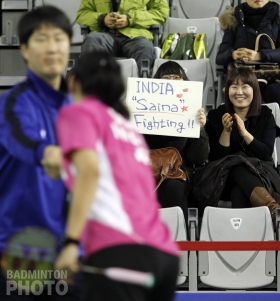
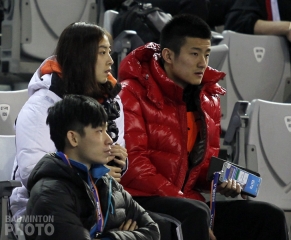
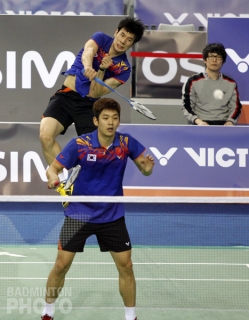
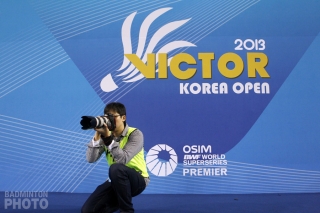
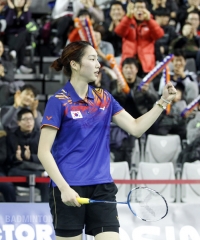
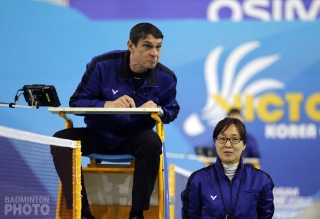

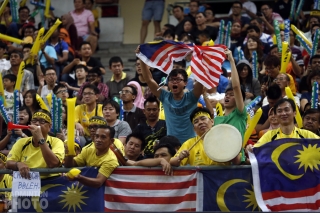
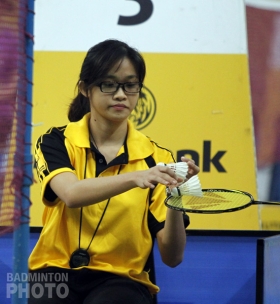
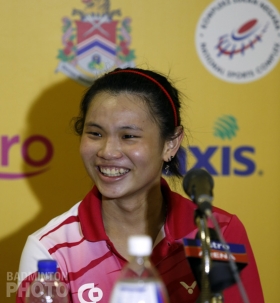
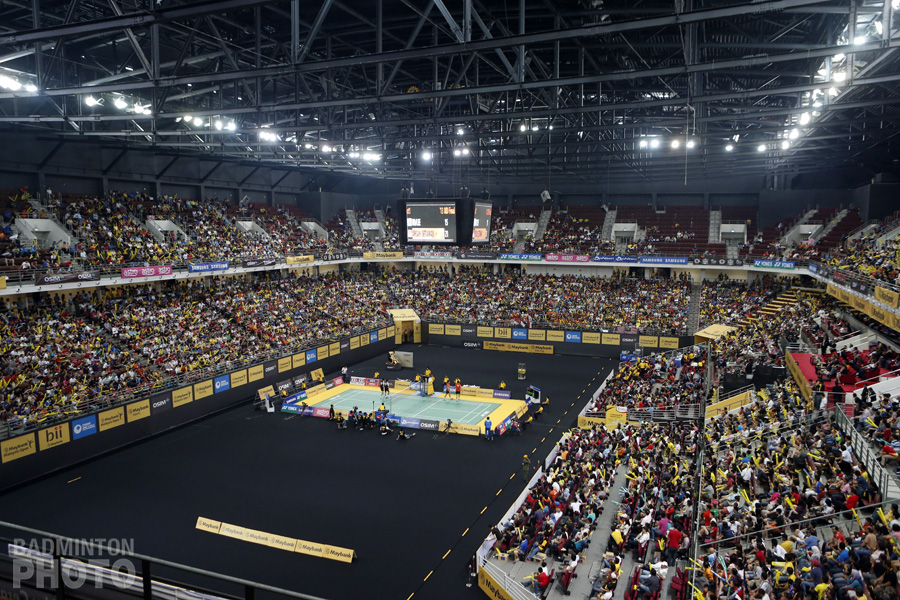

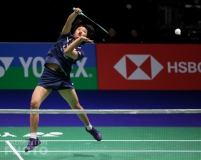
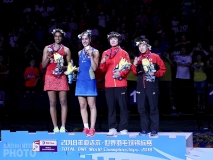
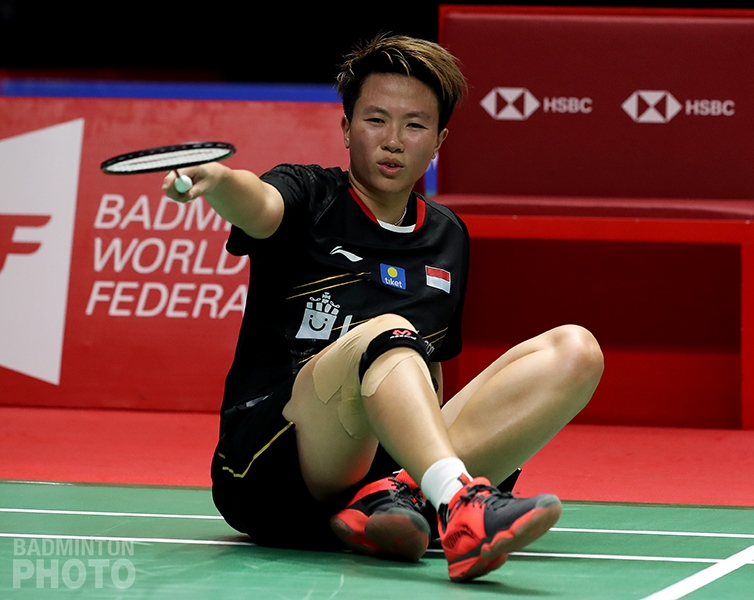
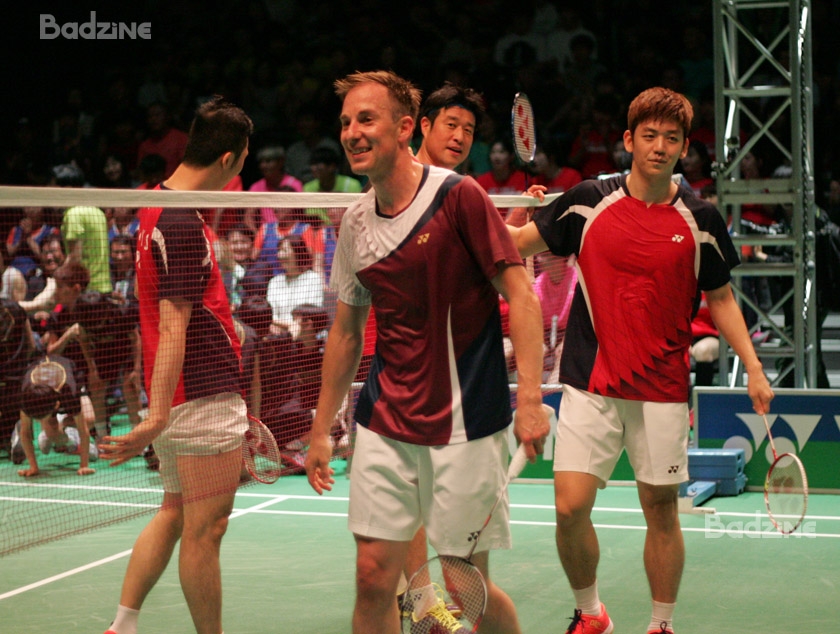
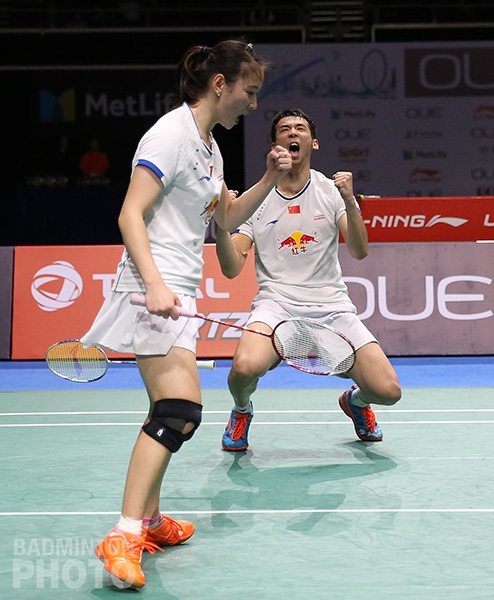
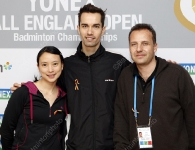
Leave a Reply